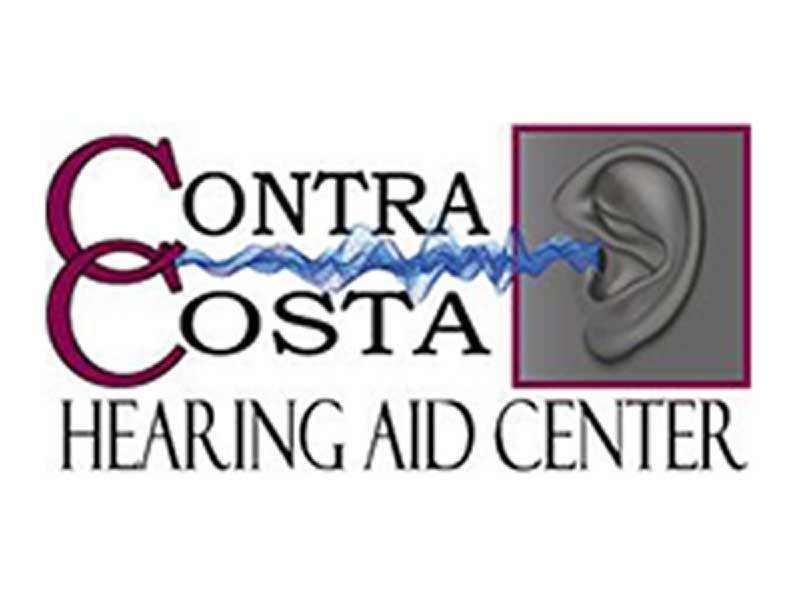Congrats on your new hearing loop purchase and taking the first step in the direction of a more pleasurable hearing experience for your household. It may have been a difficult decision to choose which model to buy, but it really is simple to set up your home hearing loop. If you’re able to carry out a few simple, step-by-step directions, you won’t need a professional to install the system.
Preparation. Loop systems have 4 major parts – the sound source (your telephone or TV), the amplifier, the wire loop and your hearing aid or sound receiver. As with any home improvement project, it’s a smart idea to make sure you have all the proper tools and equipment on hand before you start configuring your new loop. Dependent upon your particular loop system, some additional tools could be nice to keep on hand, such as a staple gun or a screwdriver.
The steps involved. The first step is to find a spot for your amplifier in close proximity to your TV –either placing it on a shelf or attaching it to a cabinet with the tape or fasteners provided. After that, plug the loop amplifier into a power outlet and also into your television set’s (or other sound source) audio output jack. Step three–the last step–is to run the wire loop along the room’s perimeter, securing it with staples either underneath the carpet, along the baseboard or flush against the top of the wall.
See, there wasn’t much to it! Lastly, follow the hearing loop manufacturer’s directions to modify the volume and any additional settings your system might have. The volume controls vary by system and may be located on the amplifier or a separate control pad.
Warning. Keep your loop system far away from water sources (aquariums, vases or sinks) or damp areas. Never spray cleaning solution on the amplifier; instead, wipe it with a dry cloth. Also ensure that the hearing loop is far away from heat sources, such as a space heater or even other electronics. Be sure to put the loop system in a well-ventilated space, not closed up in a cabinet or box where it may become too hot.
